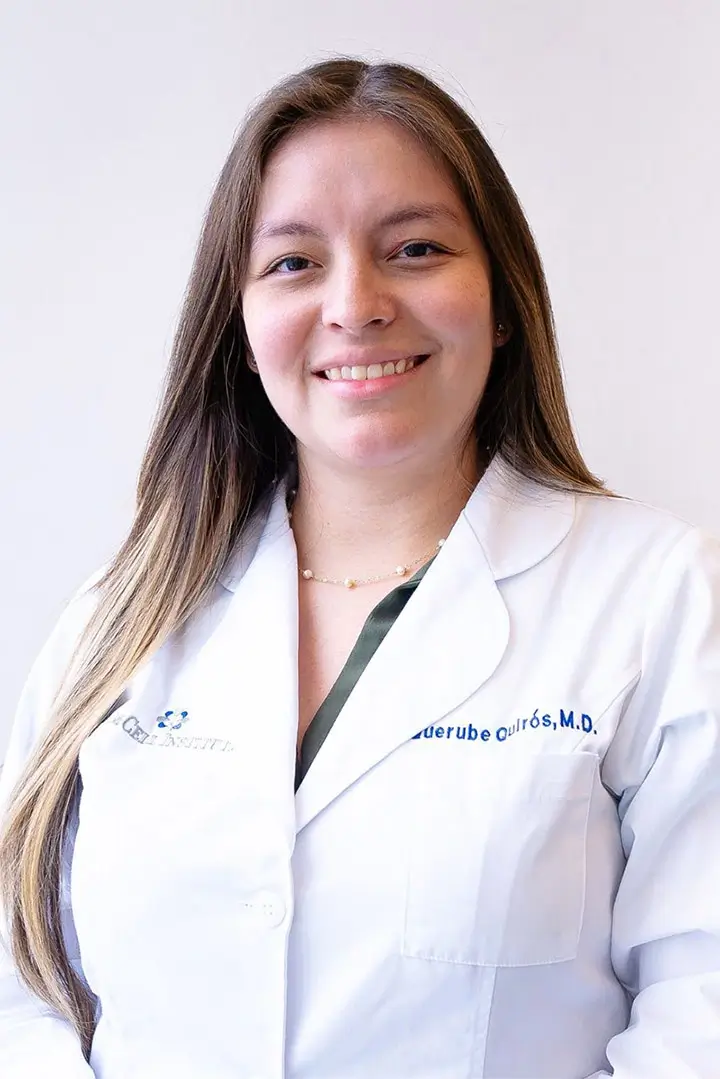Dr. Hanna Mikkola and colleagues at the Eli and Edythe Broad Center of Regenerative Medicine and Stem Cell Research at the University of California at Los Angeles have announced results of the first study ever to definitively demonstrate that blood stem cells originate in the placenta.
In previous studies, researchers working with embryonic stem cells (ESCs) have tried to keep the ESCs in a perpetually self-renewing state after transplantation, but have been unable to prevent the ESCs from differentiating prematurely when transplanted into animal models. Although some success has been achieved through the use of retroviruses to manipulate the cells genetically, such procedures are generally not considered to be safe for use in humans. For this and many other reasons, ESCs have never actually been used in the treatment of human disease in human patients. Now, yet another highly preferable alternative to ESCs may be available as a human therapy.
Using a new type of mouse model, the researchers were able to identify the placenta as the origin of hematopoietic stem cells which exhibit the capacity to differentiate into all the major lineages of blood cells. The placenta can be broadly divided into two different "microenvironments", one of which comprises the large arteries in which the stem cells are manufactured, and from which the stem cells then migrate into the second environment, which is the "labyrinth" that is comprised of the "niches" in which the stem cells are "nurtured" and allowed to expand in number. These niches within the placental labyrinth are a topic of intense focus and study as researchers attempt to understand the molecular signals and cues that regulate the self-renewal of the blood stem cells without triggering differentiation. The labyrinth is also a source of many growth factors and cytokines which contribute to the action of the signaling molecules.
Building upon the work of previous scientists who were able to produce induced pluripotent stem (iPS) cells from adult skin cells, Dr. Mikkola and colleagues hope to be able to replicate the molecular signaling of the placental microenvironment in the laboratory in order to produce and regulate blood stem cells from iPS cells within this type of environment. If blood cells, differentiated from blood stem cells, could be generated from iPS cells that were taken from a person’s own skin cells, the risk of graft-versus-host disease, which is a common problem with transplantation, could be eliminated, as would the need for using embryonic stem cells.

